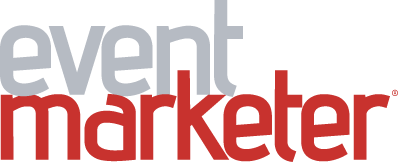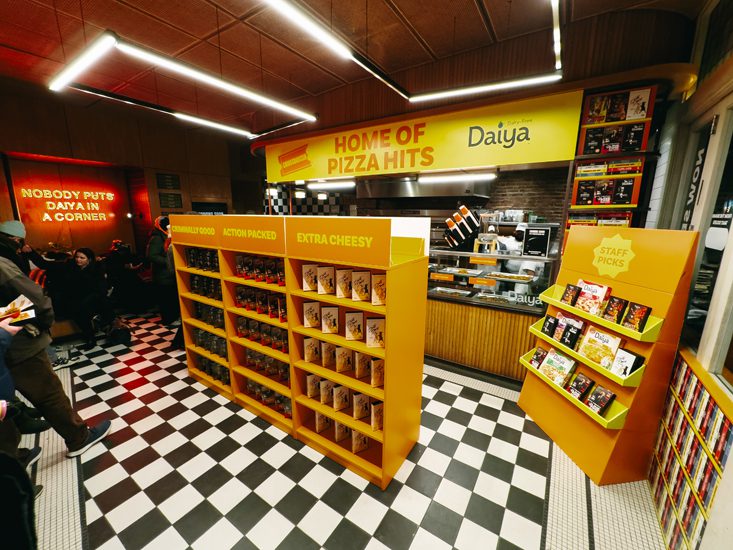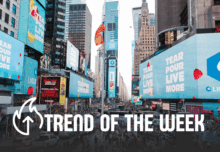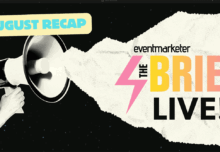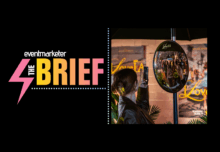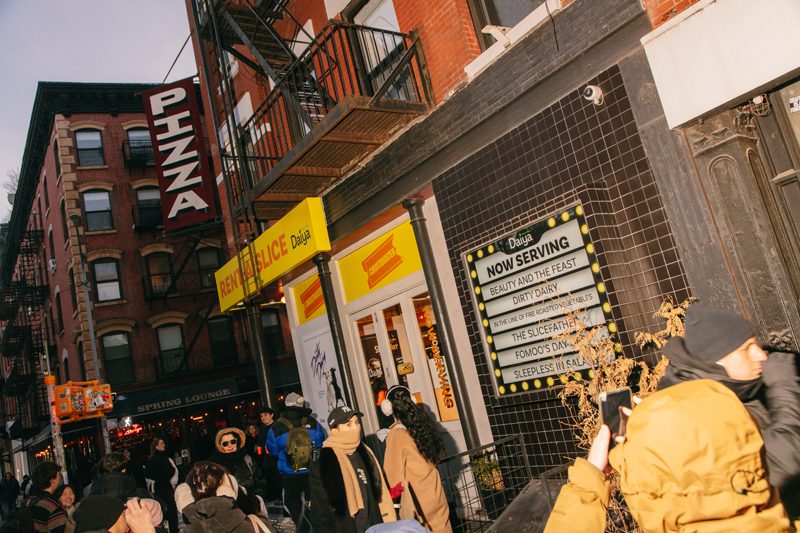 Daiya, a dairy-free cheese foods brand, has put its own spin on FOMO (fear of missing out), introducing consumers to FOMOO (fear of missing out on dairy). And no one missed out more than those who didn’t get into Crustbuster, Daiya’s retro-inspired pizza rental store at SoHo’s Upside Pizza on Jan. 24.
Daiya, a dairy-free cheese foods brand, has put its own spin on FOMO (fear of missing out), introducing consumers to FOMOO (fear of missing out on dairy). And no one missed out more than those who didn’t get into Crustbuster, Daiya’s retro-inspired pizza rental store at SoHo’s Upside Pizza on Jan. 24.
More than 500 New Yorkers got to sample the brand’s dairy-free pizzas in a fully themed, VHS-filled pop-up that evoked the same vibes from Friday pizza night of the ’90s. Popular movie titles that could be found at Blockbuster back in the day were spoofed with playful twists that represented Daiya’s pizza flavors, like “The Godfather” became “The Slicefather” in honor of Daiya’s supreme pizza, “Dirty Dairy” for classic cheese or “Beauty and the Feast” for meatless pepperoni.
Once attendees made their selection, they headed to the counter with their specially designed VHS case to “rent” and sample a slice of their chosen pizza. Adventurous movie buffs could opt for the “Director’s Cut,” where Daiya’s chef surprised them with a special “plot twist” pick. Lines were wrapped around the block, even before opening, for a chance to step into the nostalgic space.
Experiential is a key component of the Daiya marketing playbook. The brand had previously popped up Slice Club in October 2023 at New York City’s Two Boots pizzeria that featured an expert Slice Consultant who unpacked attendees’ “dietary quirks and kinks to help them reach plant-based—pizza—pleasure.” And last year, actor Lionel Boyce from FX’s “The Bear” took on the role of the company’s first Fromage Forgery salesman to get 350-plus New Yorkers to try grilled cheese dupes from a lo-fi stall.
This latest Crustbuster venture was all about drawing attention to Daiya’s pizza products made with its dairy-like Oat Cream Blend. We spoke with John Kelly, cmo at Daiya, to learn more about how it all went down, its consumer base and the role of nostalgia marketing. Let’s dig in. Agencies: Factory 360, experiential; Manifest, p.r.
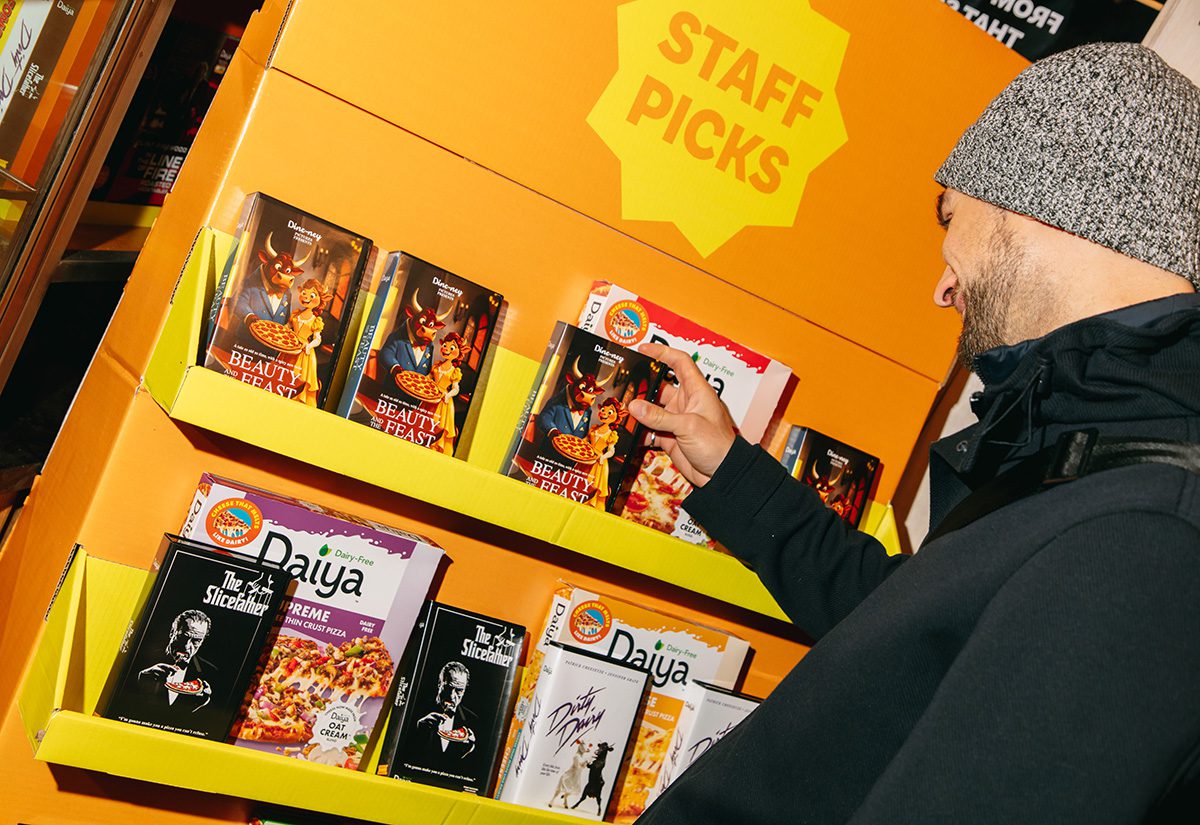
Event Marketer: How did the pizza rental store concept come about?
John Kelly: We wanted to come up with a way to really drive trial for consumers. While we know that consumers love cheese, like really love cheese, the No. 1 challenge that we have with dairy-free cheese is that skepticism that dairy-free is going to deliver the same way that dairy cheese does. Tasting is believing, right? So, when you think about how people are addressing fears that they have about things, nostalgia plays such a critical role in putting people at ease. And as nostalgia is also very popular right now, the team came up with this idea of stepping back in time to a ’90s video rental store. Pizza and movies go together so well. And Friday night, who doesn’t remember as a kid going to your friend’s house or having your friends over and watching a movie?
We’re really trying to appeal to a much broader audience. We are not just focused on the traditional vegan consumer—we obviously still cater to them, but what we really want to do is appeal to that person who’s open to dairy-free but may be a little bit skeptical about it.
EM: Talk about the branding and theming elements that were important to incorporate into Crustbuster.
JK: It was very much consumer-facing, as opposed to customer-facing. We definitely rebranded the pizzeria to be Daiya, but we wanted to be truer to the idea of Crustbuster, kind of tapping into that ’90s nostalgia as a way to pull everybody in. Obviously, the name was very intriguing, and the posters were incredible in terms of really highlighting what people knew with a cute little spin—like “Sleepless in Salami” had Veg Ryan, a reference to Meg Ryan from the movie.
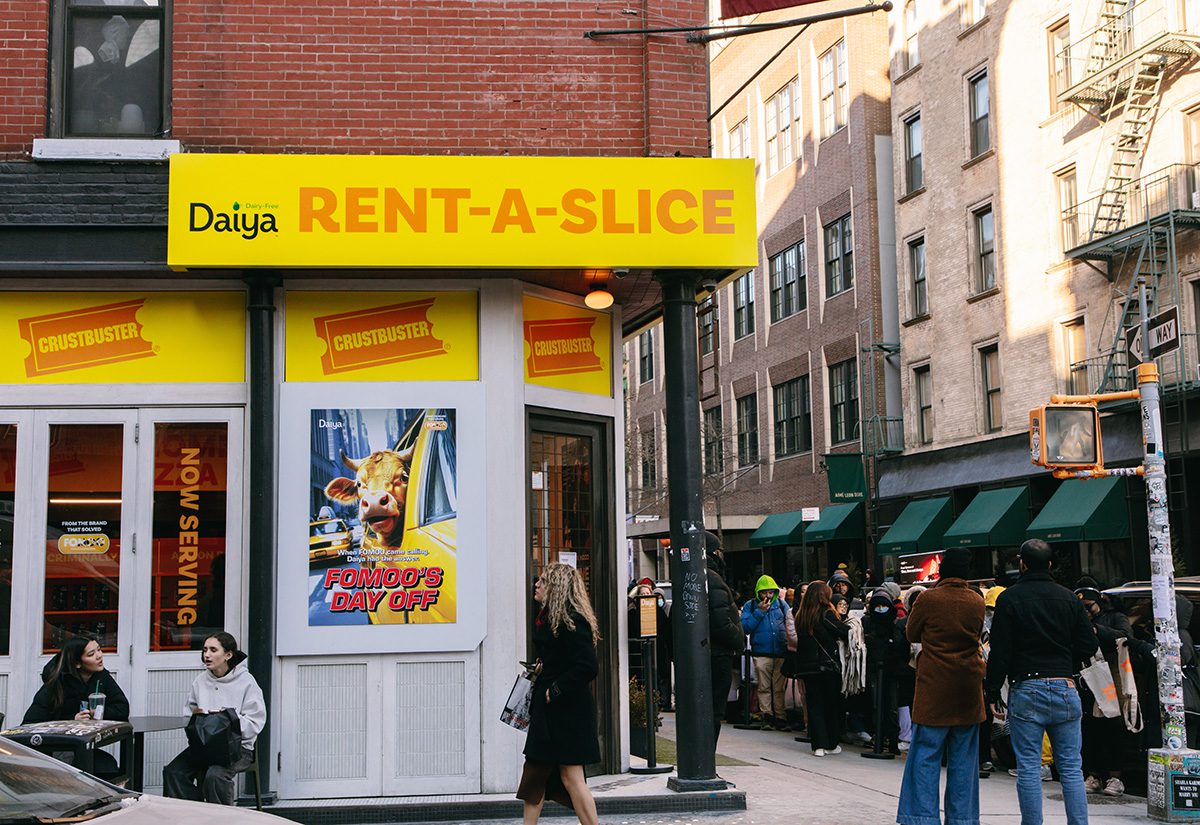
It was totally in the character and personality of our brand, which is fun and very inclusive. You could just see the attendees playing back their childhood or their time going into video stores, then to see folks try the product and hear the conversations and their positive reaction to the product was exactly what we hear so many times when we just get the product in front of consumers.
EM: How are you building on each experiential campaign you do?
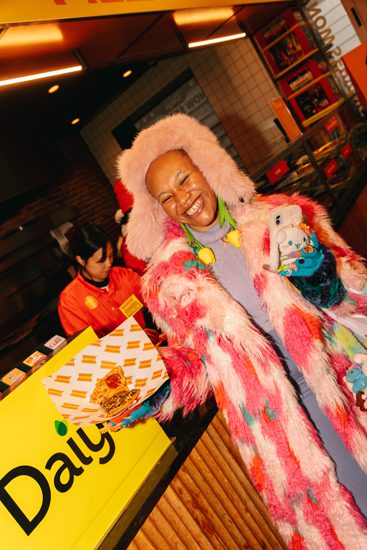 JK: Over the last year, we had a national sampling tour where we went coast-to-coast with our different products. And we’ve done a couple other pop-up activations, like the one at Two Boots. But these are right in our wheelhouse of what we’re doing from a marketing standpoint, realizing that we’re not a brand the size of a Kraft, but we fulfill a huge need for consumers. About 30 to 40 percent of Americans suffer from dairy issues, and then you add on top of that folks who say they love cheese but know it’s not the best for them, and we are a great solution to that.
JK: Over the last year, we had a national sampling tour where we went coast-to-coast with our different products. And we’ve done a couple other pop-up activations, like the one at Two Boots. But these are right in our wheelhouse of what we’re doing from a marketing standpoint, realizing that we’re not a brand the size of a Kraft, but we fulfill a huge need for consumers. About 30 to 40 percent of Americans suffer from dairy issues, and then you add on top of that folks who say they love cheese but know it’s not the best for them, and we are a great solution to that.
These sorts of events where we bring the brand and its personality to life and allow consumers to really taste the product are what is making a big difference for us. I see us doing more of these because we want people to come and try us—you don’t have to be 100-percent dairy-free or plant-based. It’s not top of mind, so we need to integrate ourselves into their world and into the cultural surroundings of that. Nostalgia is popular, so this was a perfect intersection of driving awareness and trial of our product and tying it to something that is very culturally aware. How do we find other moments that are resonating with consumers that we can insert the brand into in a creative way?
Every brand drives awareness and trial; it’s about how we go about doing it. And I think we are uniquely positioned to do it because we are an inclusive brand, and that has a lot of benefits. If you look at the broader state of the world right now, being inclusive is actually a really attractive thing. And so us being that attractive brand and then inserting us into those cultural moments is a way for us to break through.
Photos: Courtesy of Daiya

